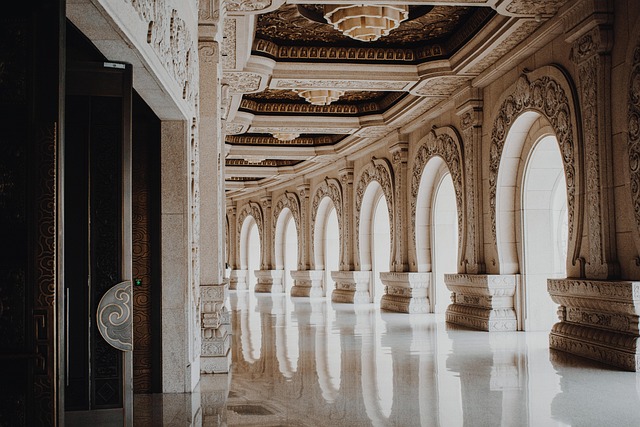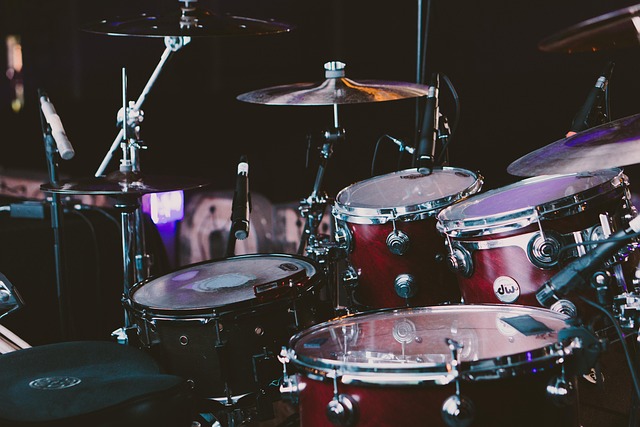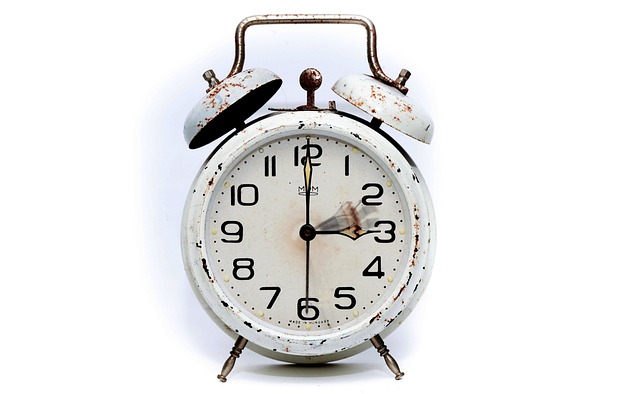A Sculptural Journey Through History: Art and Design Evolution
Sculpture is more than just an art form; it’s a tangible connection to history, a story carved in stone, molded from clay, or assembled from metal. Each piece serves as a silent narrator, inviting us to explore the cultural and artistic evolution of civilizations throughout time. As we journey through the ages, we witness how the practice of sculpture reflects the shifting tides of art, design, and societal values.
The Genesis of Sculpture in History
From the earliest days of human expression, history shows us that sculpture was integral to cultural identity and spiritual belief. Primitive sculptures, such as the Venus figurines, embody early artistic design, emphasizing fertility and survival. These small yet powerful creations reveal how early humans communicated their deepest values and fears through form. The tactile nature of sculpture allowed our ancestors to connect more intimately with their surroundings and beliefs.
Classical Elegance: Art and Design Perfected
Moving through history, the ancient civilizations of Egypt, Greece, and Rome elevated sculpture to new heights. Their mastery of proportion, balance, and lifelike representation transformed sculpture into a celebration of human beauty and divine presence. Greek sculptors, in particular, championed realism fused with idealism, creating works that still inspire modern design principles. Their dedication to harmony and detail laid the foundation for the aesthetics we appreciate today, influencing countless artists and designers through centuries.
Medieval Symbolism and Renaissance Innovation
As history unfolded, the medieval period brought a shift towards religious symbolism, with sculpture becoming a medium to communicate spiritual narratives to the largely illiterate. Gothic cathedrals adorned with sculptures told stories through their intricate designs, blending art with architecture. Then, the Renaissance reawakened classical ideals, infusing sculpture with profound humanism and anatomical precision. Artists like Michelangelo pushed the boundaries of design, merging emotional depth with technical prowess, reminding us that sculpture is a celebration of both intellect and feeling.
Modern Interpretations and Design Movements
In more recent history, sculpture has evolved beyond traditional materials and forms, embracing abstraction, experimentation, and conceptual art. The modern era challenges our perceptions, inviting us to engage with art in new and often personal ways. Designers incorporate these sculptural innovations not just as standalone artworks but as integral parts of spaces, objects, and daily experiences. This blending of sculpture and design emphasizes the fluidity of history, showing how art continually reinvents itself while honoring its roots.
Why Sculpture Resonates Through History
What makes sculpture such a compelling bridge to history is its physicality. Unlike paintings or written records, sculptures occupy space and interact with light and shadow, creating an immersive experience. They invite us to explore not only the artist’s vision but also the cultural and historical context that shaped their creation. Through this intimate dialogue, sculpture becomes a living history lesson, reminding us that art and design are deeply intertwined with our collective human journey.




